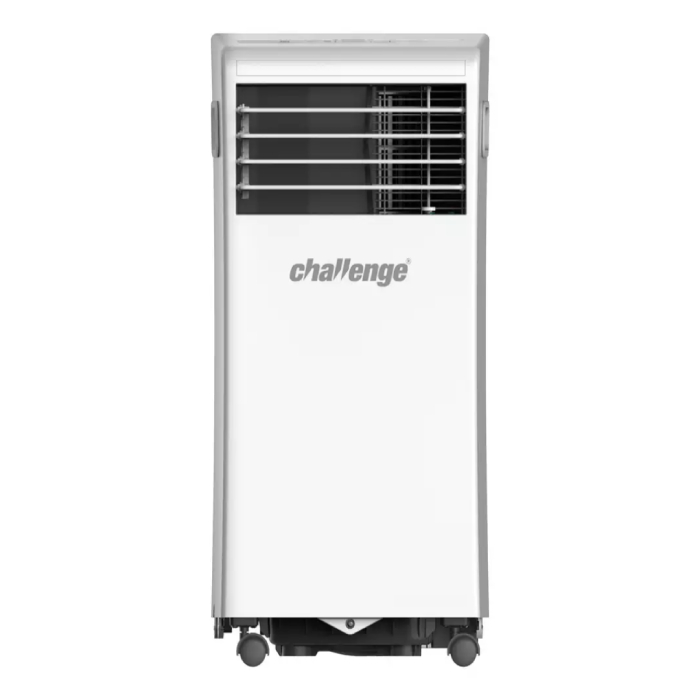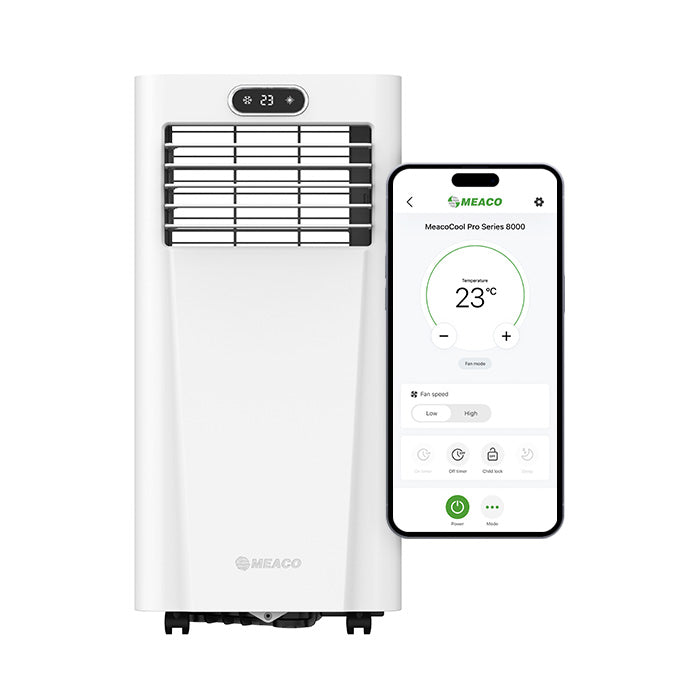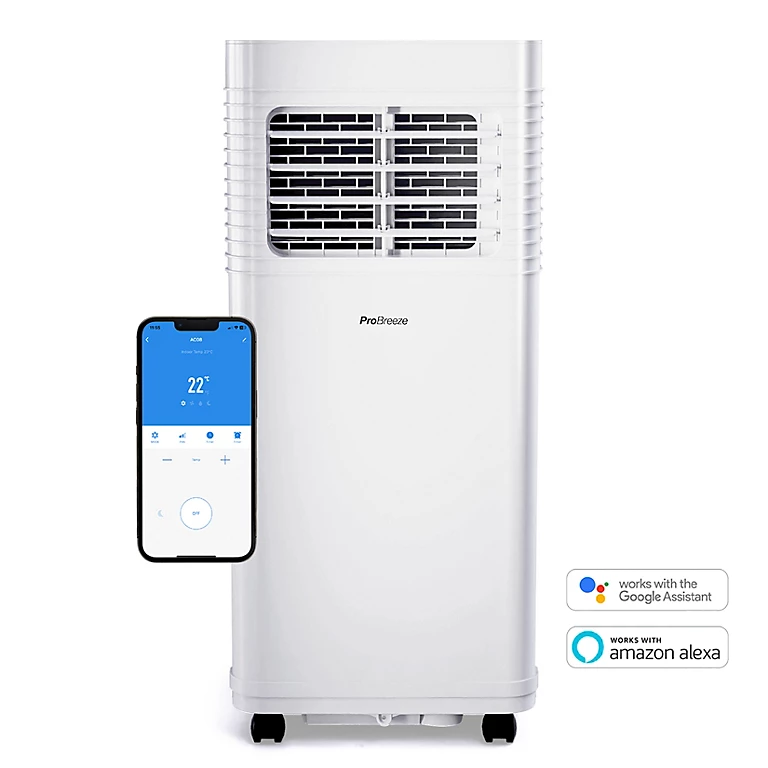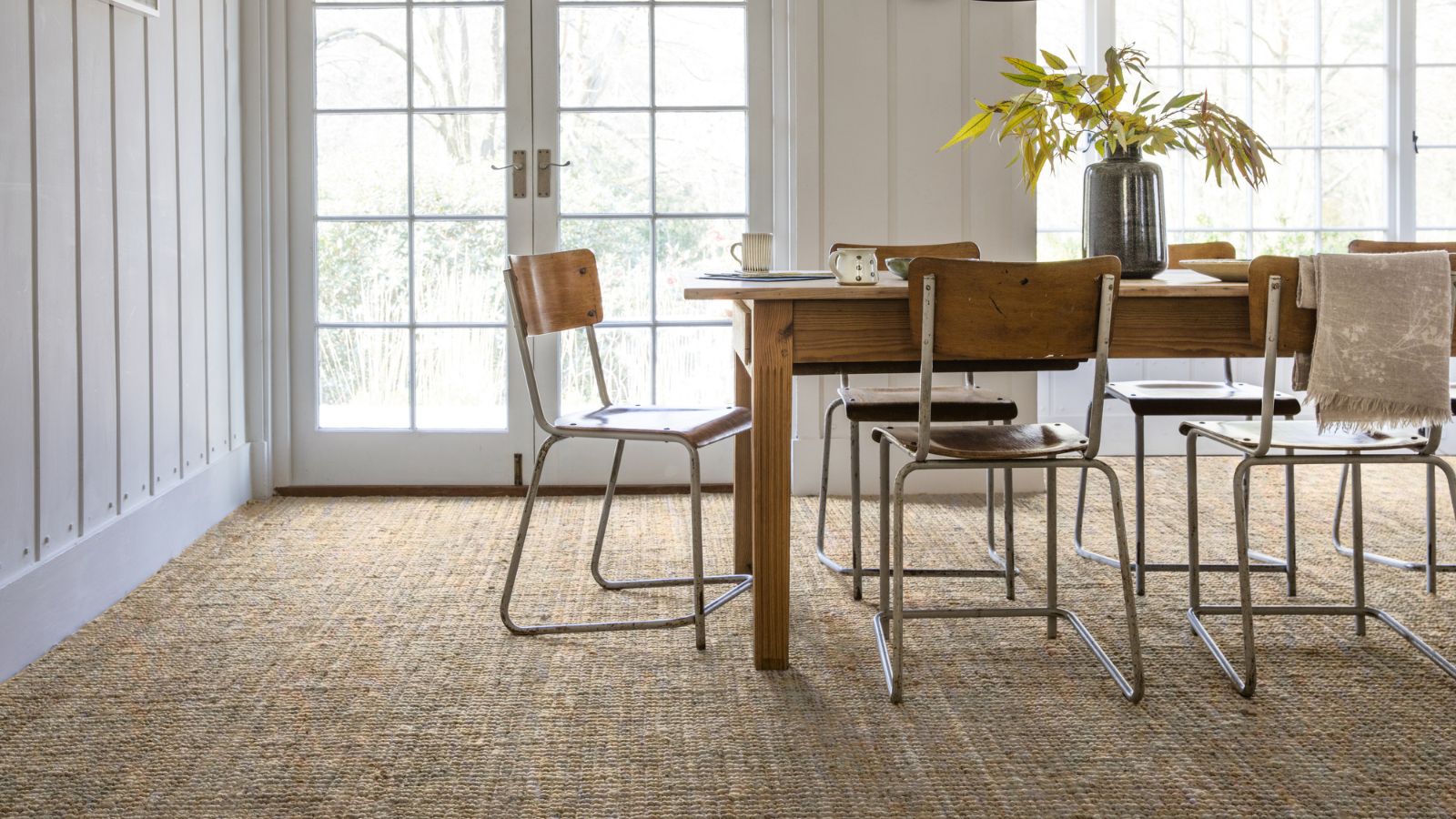How does a portable air conditioning unit work?
Wondering how does a portable air conditioning unit work? Find out the answer as well as the differences between portable and fixed air conditioning units
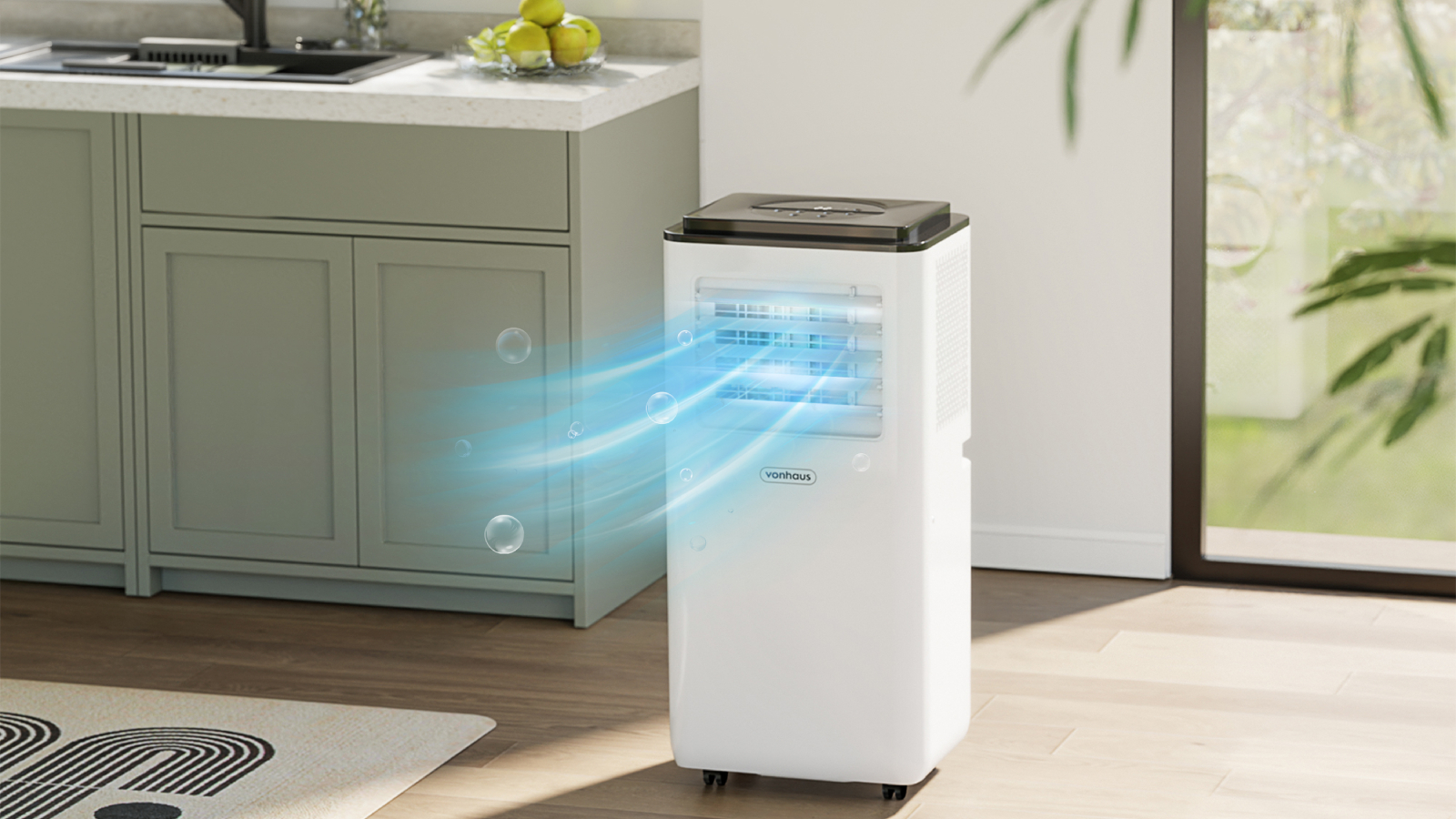
If you're wondering how does a portable air conditioning unit work to see if it could be enough to fulfil your air conditioning needs, in basic terms it extracts heat in a similar way to fixed home air conditioning solutions.
However, with that heat needing to go somewhere once extracted, there are some differences in how the cooling process works and how that impacts on the portability of the unit.
Here we take a look at the technical details to see if it could be a potential option for you.
How does a portable air conditioning unit work to make a room cooler?
Portable air conditioning units are about the size of large vacuum cleaner and have wheels on them allowing them to be wheeled to a new position as required. They are not portable while running, but can be moved to a new location in the home when not being operated .
In terms of how they work, portable air conditioning units draw air from the room, extract the heat from that air and then blow back the now cool air into the room. It is the extraction of heat that makes air conditioning effective.
However, as the extracted heat is exhausted into a second flow of air, this air subsequently needs to be ducted out of the building and you will also need a water container for the condensation produced during the process. Depending on the humidity, a portable air conditioning unit can fill a bucket with condensation in just a few hours.
Do all portable air conditioning units have to be vented out of a window?
All portable air conditioners need to vent waste heat. And if the air conditioning unit simply vented the heat out of the back of the unit, the room would not cool down, in fact the room would more than likely heat up.
Bring your dream home to life with expert advice, how to guides and design inspiration. Sign up for our newsletter and get two free tickets to a Homebuilding & Renovating Show near you.
A window is often the most convenient place from which to vent the heat, but a door, cat flap or purpose made duct hole in the fabric of the building is also a suitable option. You can find more advice on the different models available in our guide to the best portable air conditioners.
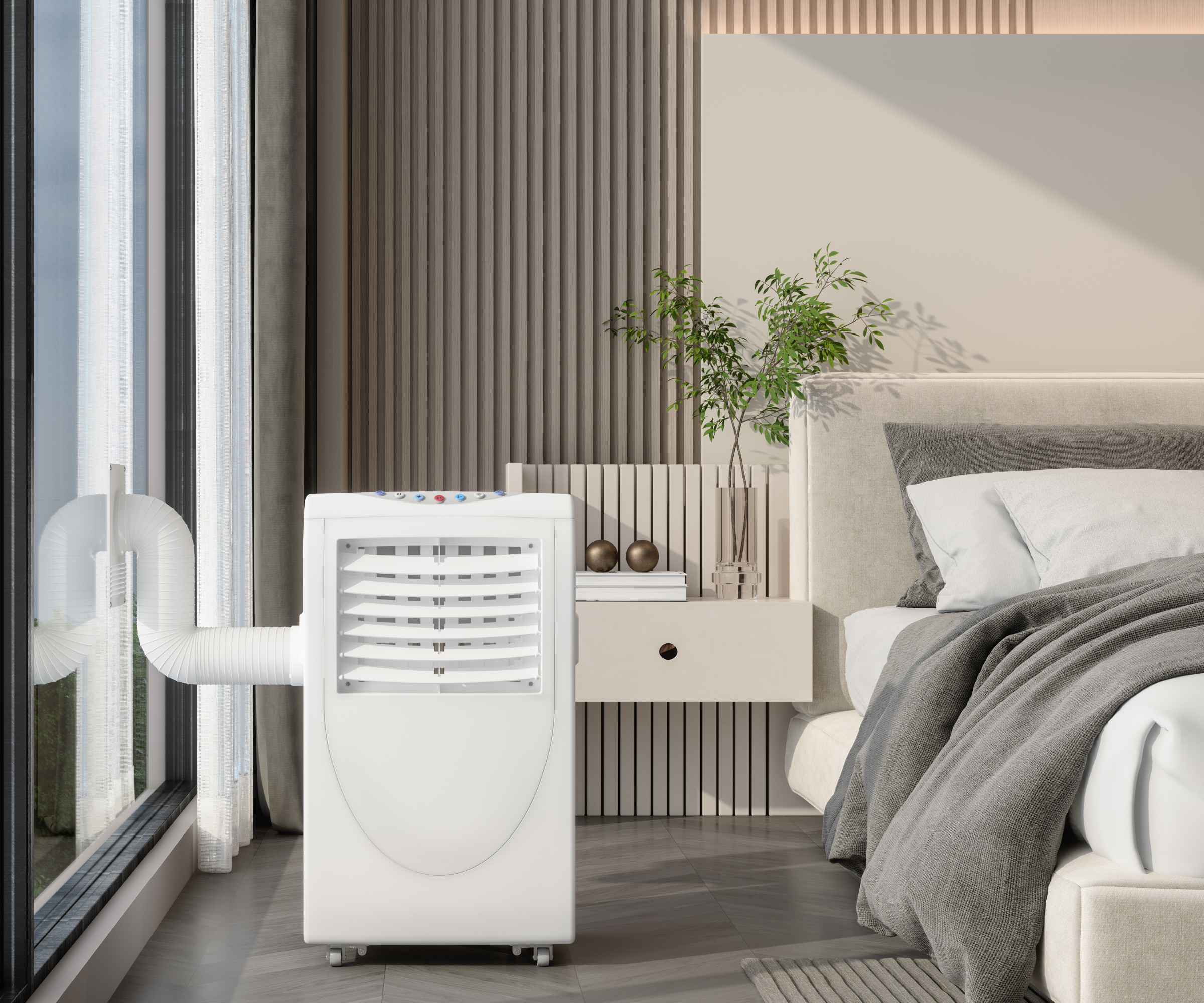
How is the process different to the way fixed air conditioning works?
Fixed air conditioning installation involves putting a fan unit outside the building and another fan unit inside the building. The two fans are connected via refrigerant pipes, fixed in place and cannot be moved without a qualified engineer.
The refrigerant transfers the heat from the inside unit to the outside unit where it discharges the heat. Therefore, no visible ducting pipes are required for this purpose as the connections take place inside the structure of your home.
Fixed air conditioning units can also be installed in more than one room, whereas portable air conditioning units only work in one location. A fixed multi-split option can have up to around 10 indoor units connected to one outdoor fan unit and they can be either all on, all off or only specified units run.
They can also usually do cooling or heating as they can run in reverse. The air flows can be better and the cooling effect also more effective but that comes at a cost that starts at around £1000 for an installed single room fixed unit or from around £1100 per room for a multi split unit.
Try these portable air-conditioning units
Are portable air conditioning units environmentally friendly?
Modern portable air conditioning units now use more environmentally friendly refrigerants. The refrigerant is hermetically sealed (factory sealed) so the refrigerant should not leak and does not usually need topping up. The quantity of refrigerant in the system is also not enough to be harmful if it did happen to leak out.
Do portable air conditioning units use a lot of electricity?
If you're questioning how much does a portable air conditioner cost to run, units typically use between 600W and 1300W per hour. They will produce nearly 3 times that in cooling effect. Electricity is currently (July 2024) around 22p/kWh. That means that it will cost 22p to run 1000W for 1 hour. The air conditioning unit will therefore cost between 13p and 29p per hour to run.
If you use solar photovoltaic panels to provide you with electricity, then this is the perfect combination. The exact time that you mostly need cooling is when the sun is at its peak. The generated electricity can then be used to directly run the air conditioning unit. Clearly there is no sun at night but this is where a battery system could be deployed to cover that time.
Prefer to cool your house in other ways? Find out 11 tips that offer suggestions for how to keep a house cool and if you're at the design stage for your self-build, be sure to incorporate these 5 natural house cooling ideas.
David is a renewables and ventilation installer, with over 35 years experience, and is a long-standing contributor to Homebuilding and Renovating magazine. He is a member of the Gas Safe Register, has a Masters degree in Sustainable Architecture, and is an authority in sustainable building and energy efficiency, with extensive knowledge in building fabrics, heat recovery ventilation, renewables, and also conventional heating systems. He is also a speaker at the Homebuilding & Renovating Show.
Passionate about healthy, efficient homes, he is director of Heat and Energy Ltd. He works with architects, builders, self builders and renovators, and designs and project manages the installation of ventilation and heating systems to achieve the most energy efficient and cost effective outcome for every home.
